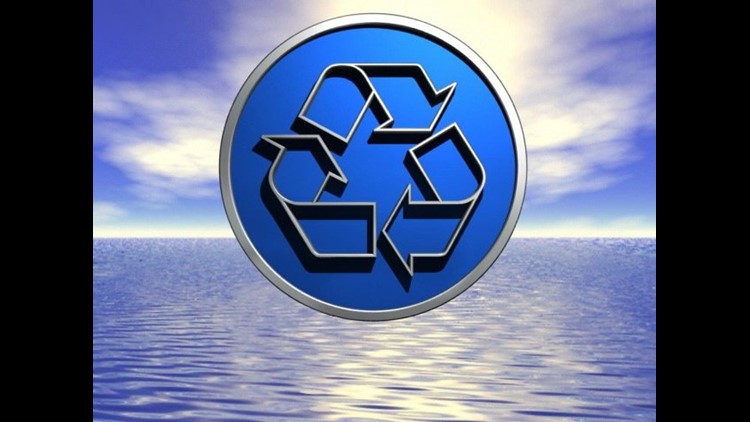(CNN) — There’s a popular saying about our planet and humankind’s negative effects on its ecology:
“We treat this world of ours as though we have a spare in the trunk.”
Since the nearest planets that could possibly sustain life appear to be more than 1,200 light years away, it may be wise for Earthlings to do what we can to preserve the nice place we already have.
Since 1970, every April 22, Earth Day reminds us to do just that.
If you think we have more pressing matters to deal with than keeping Mother Earth in shape, consider the people of Afghanistan.
In 2011, the Green Club of Afghanistan planted more than 28 million trees. That’s nearly one tree per person in one of the world’s most war-torn nations.
Or, turn your sights to the beaches of California where a group of volunteers collected more than 3 million pounds of trash that could be recycled — and that was just a day’s haul.
The best intentions and actions are driven by knowledge, so here’s a little quiz to help you bone up on ecology:
The Quiz
1. How many pounds of trash did the U.S. create, per person, every day in 2010?
A. 1.23 lbs.
B. 3.46 lbs.
C. 4.43 lbs.
Answer: C — Less than 5 pounds may not seem like much, but if you multiply it by 365 days, that’s 1,617 pounds of garbage per person over a year.
2. The seven worst metropolitan areas for ozone pollution are all in California. No.8 is in another state. Which is it?
A. Phoenix
B. New York
C. Houston
Answer: C — Houston, but some metro areas that may surprise you are not far behind, like Charlotte, North Carolina.
3. What percentage of hybrid car owners replace it with another hybrid when it’s time to get a new car?
A. 79%
B. 45.2%
C. 35%
Answer: C — Only 35% of people who buy a hybrid once buy one again. With all the praise they receive, isn’t it surprising so few drivers buy a second one?
4. About 70% of the Earth is covered with water. Only a relatively small amount of it is potentially potable fresh water. How much?
A. 1%
B. 2.5%
C. 7.3%
Answer: B — Only 2.5% of water on Earth is fresh water. And 70% of that is locked up in polar ice.
5. Though fresh water would seem somewhat precious, Americans use a lot of it every day. On average, what is the approximate daily water use of each household?
A. 25 gallons
B. 50 gallons
C. 300 gallons
Answer: C — 300 gallons. That’s what the U.S. Environmental Protection Agency says. Meanwhile, more than 750 million people (over 10% of the world’s population) still don’t have adequate access to drinking water, according to the United Nations.
6. A lot of the water Americans consume lands on their lawns. What percentage, on average, is used for outdoor purposes?
A. About 10%
B. About 30%
C. About 60%
Answer: B — About 30% of U.S. residential and commercial water goes for outdoor use. And up to 50% of that evaporates if you water in the heat of the day, the EPA estimates.
7. Which of the following takes the longest time to break down?
A. Plastic six-pack holder
B. Hard plastic container
C. Disposable diaper
Answer: A — A plastic six-pack holder takes 450 years to disintegrate. Consider the impact of plastic water bottles, which take as long to biodegrade. The International Bottled Water Association says that in the top 10 global markets alone, people consumed more than 61 billion gallons of bottled water in 2011.
8. Which of the following accounts for the greatest percentage of total waste in the United States?
A. Paper
C. Plastics
D. Glass
Answer: A — Paper is by far the No. 1 item Americans dispose of. But it is also the most recycled material.
9. How much solid waste does the United States produce in one year?
A. 50 million tons
B. 150 million tons
C. 250 million tons
Answer: C — 250 million tons, says the EPA. That’s more than 1,000 times greater than one of the largest cruise ships in the world.
10. Which of the following countries had higher emissions of the greenhouse gas carbon dioxide, per capita, in 2008 than the other two?
A. United States
B. Russia
C. Australia
C — Australia emitted 26.08 tons of carbon dioxide per person in 2008. For comparison’s sake, a full tanker truck can weigh between 12 and 25 tons. U.S. and Russian per-person emissions that year were 22 and 15 tons, respectively.



